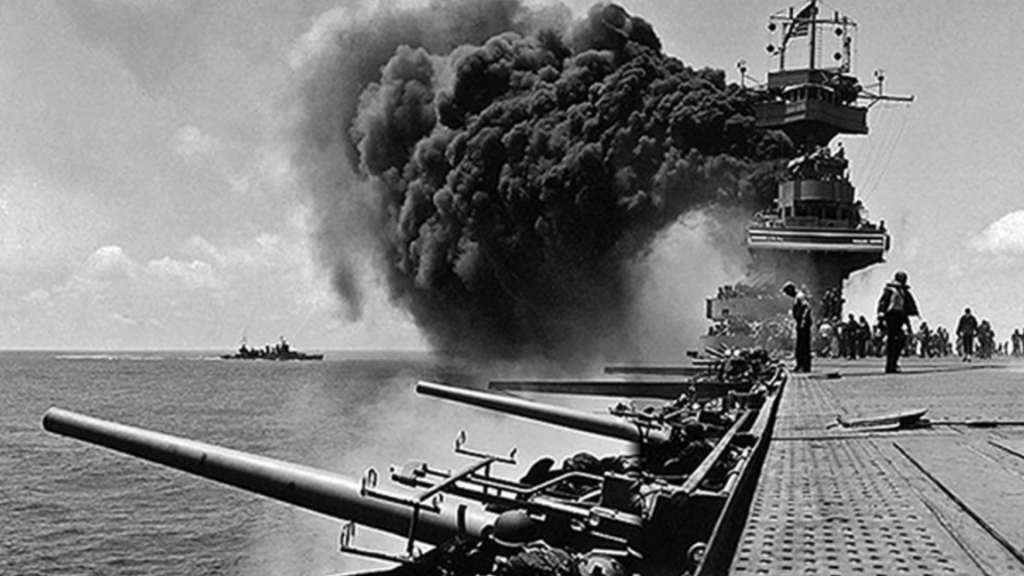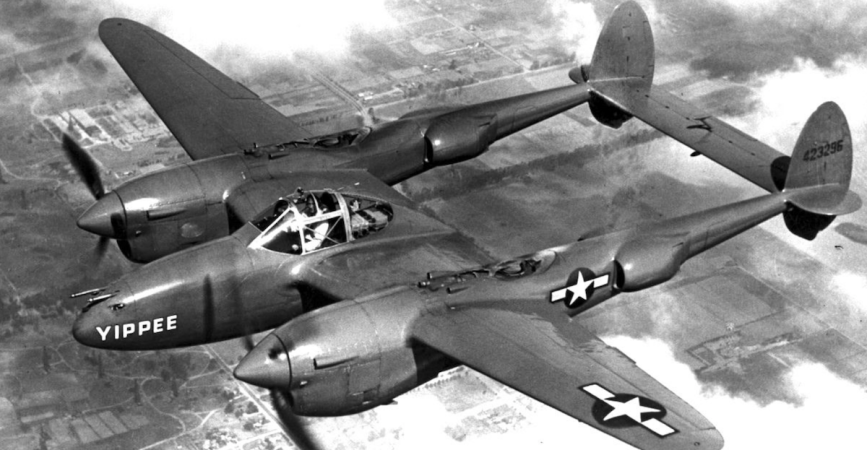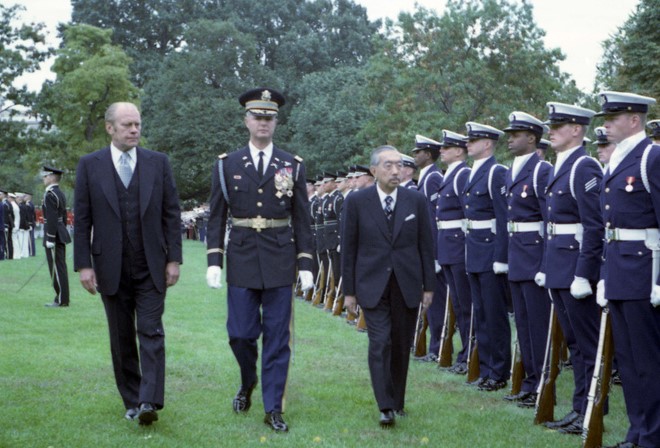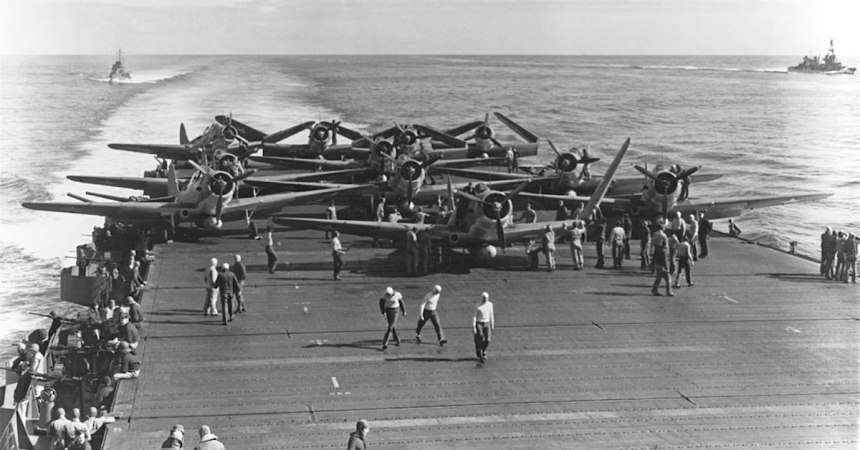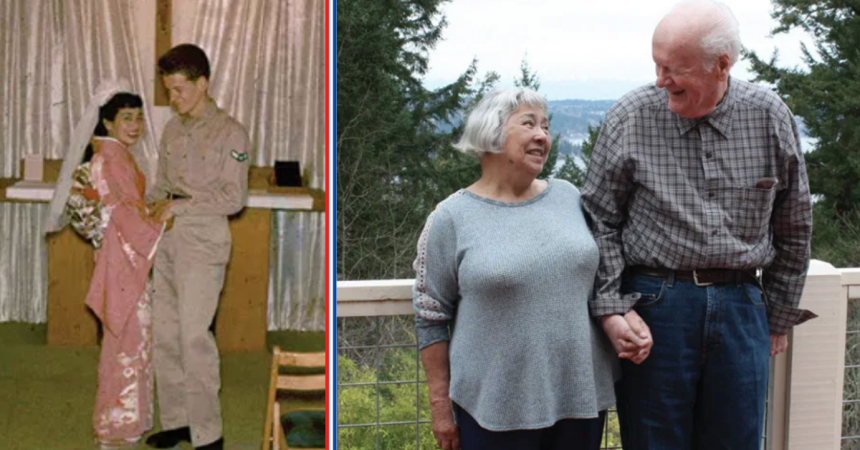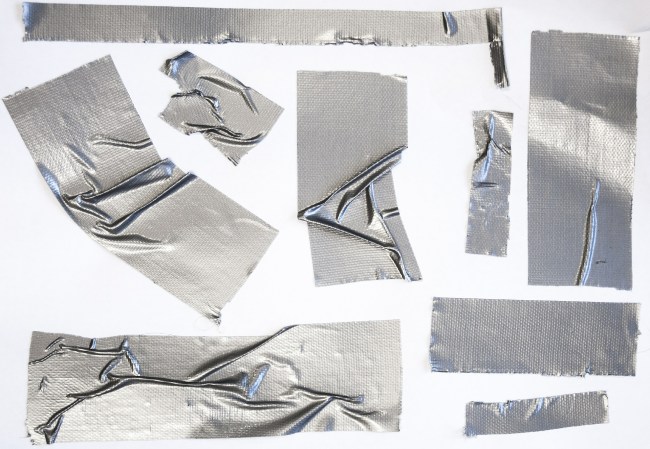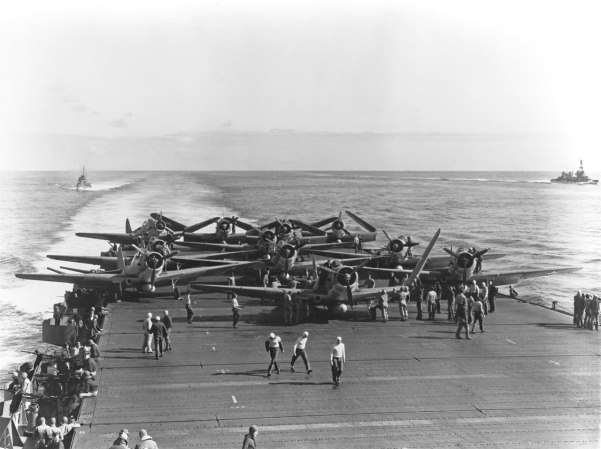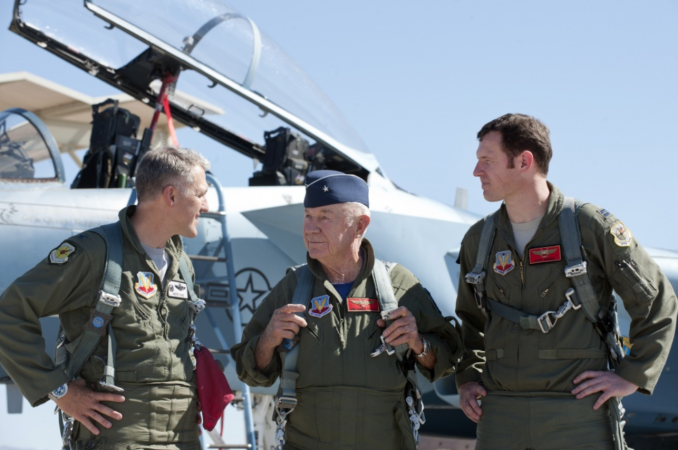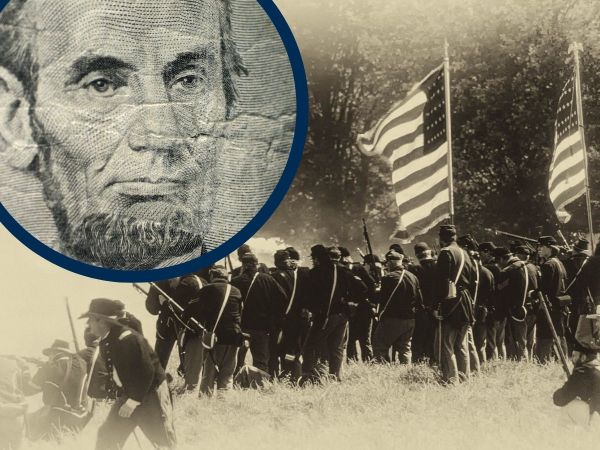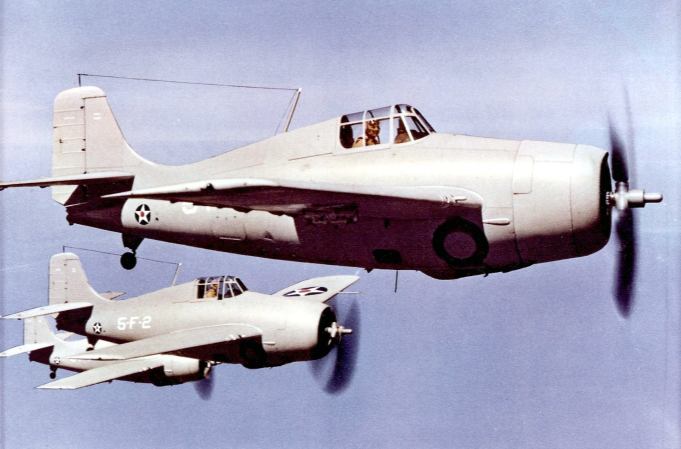Just six months after the tragic bombing of Pearl Harbor, U.S. and Japanese forces clashed once again in the Pacific. For three days, Navies battled near the Midway Atoll, located roughly half way between Hawaii and the Japanese mainland. From June 4th to the 7th, brilliant minds orchestrated incredible naval feats in hopes of destroying the other side.
Although an Allied victory here is seen as a key turning point of the war, there are so many important details that some are lost even on the most staunch historians. Here are five things you likely didn’t know about this momentus battle.

Adm. Yamamoto saluting his Japanese naval pilots.
Japan wanted to mirror the successes of Pearl Harbor
Japanese Adm. Yamamoto wanted to once again employ the element of surprise to defeat Allied forces stationed at Midway. To distract the U.S., Yamamoto sent many ships toward the coast of Alaska in hopes of baiting American reinforcements to defend against a non-existent attack.
Things did not go as they planned.
America’s code-breakers
Military intelligence had intercepted Japan’s plot, including the time and location of a planned attack. Adm. Nimitz decided to take on the challenge of defeating the Japanese by using his well-trained pilots, launched from perfectly placed ships behind the atoll.
Japan thought they’d catch the Americans off-guard and cornered, but Nimitz had other plans.

A PBY Catalina scout plane, similar to the one that first spotted the incoming Japanese.
The Japanese had strict radio silence
Japan decided to maintain radio silence as they sent their ships toward the coast of Alaska. During a recon flight, a Naval pilot spotted the incoming enemy while flying through the heavy Pacific fog. The pilot thought he had located the main body of attack — in reality, it was a secondary Japanese attack on Midway. In response, the U.S. sent out nine B-17 Bombers to take out the invading force.
Due to strict orders to maintain radio silence, the Japanese ships took on the American bombers alone, instead of letting superior command know.
The American fighters were outnumbered
The Japanese sought to destroy the installations built on the Atoll by Allied forces with bombers launched from carriers. Navy, Marine, and Army pilots took to the skies to fight off the bombers and their sizable fighter escort. The Americans were extremely outnumbered — still, they held fast.
After 27 minutes of bombing, the Japanese ended their first aerial attack. Then, an enemy pilot broke radio silence to alert command that they needed more fighters to sustain their offensive. Before the enemy could make a decision, knowing that they didn’t have guns in the air, American bombers followed the Japanese back to their carriers and began their air raid.

What shifted the battle in favor of Americans
American pilots went on an offensive, heading straight toward a reported location of Japanese forces. When they arrived, they found nothing but empty seas. Instead of returning to base, aviators made what Admiral Nimitz would later call “one of the most important decisions of the battle.”
The pilots then proceeded to an unlikely secondary location. There, they found the Japanese carriers — unprepared. Immediately, fighters destroyed one of the four Japanese vessels. Other Americans rushed onto the scene to continue the attack. This event shifted the tide of battle to favor the Americans, wresting victory from Japanese hands.


